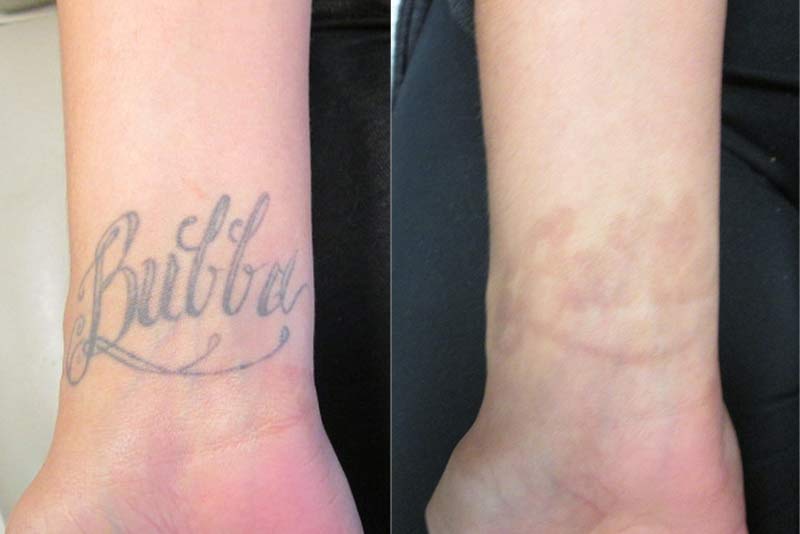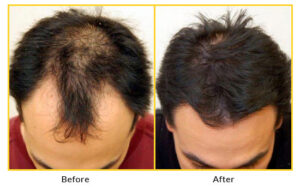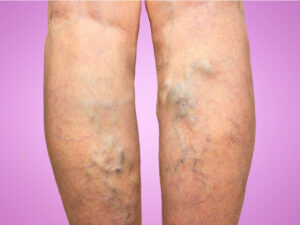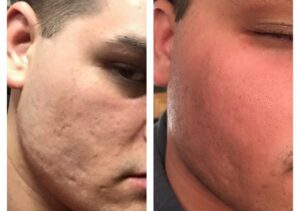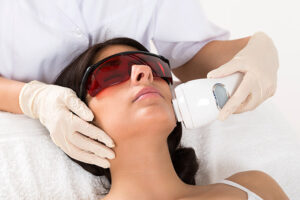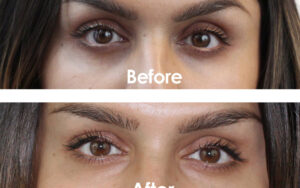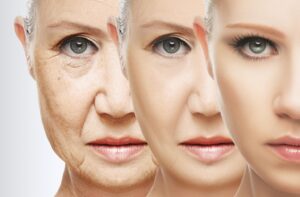Tattoo Removal
Decorative tattoos have a history dating back at least 5000 years. The desire to remove them has probably existed for just as long. Early attempts to remove tattoos have had less than desirable results. The use of dermabrasion, salt abrasion, and Argon or CO2 lasers have left behind scars in place of the tattoo. The advent of Q-Switched lasers has permitted the removal of most tattoo inks with a very low risk of scarring. Today’s advanced laser technology provides the means for your tattoo to be removed safely and quickly and, in most cases, without leaving a scar.
How does treatment work?
Today, cosmetic medical lasers designed to eradicate tattoos range from a single wavelength of light to a broad spectrum of light, the varieties of which are intended to obliterate the ink in the tattoo without damaging the skin. Certain colours of light are absorbed by specific corresponding colours of the tattoo ink. The light energy vaporizes or fragments the ink particles. Your body then absorbs these ink fragments naturally and the colour fades over the next couple of weeks.
What are other removal options?
Laser tattoo removal is the safest, quickest, and is most likely to leave your skin intact following treatment. Other treatment options are surgical excision, chemical peel and traditional dermabrasion. These various treatment options are invasive treatment methods and often result in scarring.
What are treatments like?
First, the area to be treated is cleaned. Emitting laser or pulsed light, the laser hand device glides over the surface of the tattoo. The size and colour of the tattoo determine the length of treatment time. A tattoo roughly the size of a rupee coin takes approximately 3 to 5 minutes to treat. Some patients request a topical anaesthetic cream to be applied prior to treatment, minimizing the stinging effect of the laser or intense light. Many patients tolerate treatment without topical anaesthetic, and report the treatment as feeling similar to no more than numerous rubber band snaps. Finally, an ointment and protective dressing are applied to keep the area moist.
How many treatments are required?
Size, colour, location, and the age of the tattoo determine the number of treatments necessary to effectively complete removal. During the consultation, the tattoo you want to be treated will be examined and any questions you have will be answered. Most tattoos require about 5 sessions.
What results can I expect?
The results and appearance of the tattoo vary from patient to patient. After each treatment session, you will see the tattoo become lighter. Due to the various levels of professionalism and types on inks used in tattooing, the results and number of treatments may vary. Typically, multiple treatments will be required and are scheduled for 4 to 8 weeks apart.
